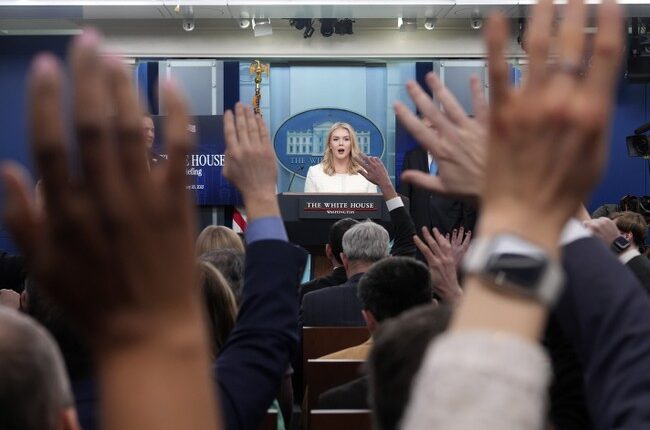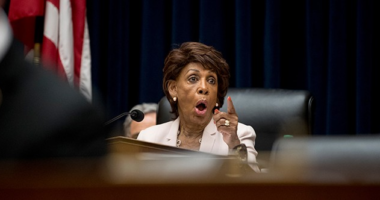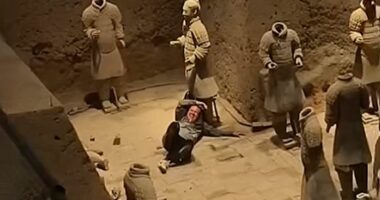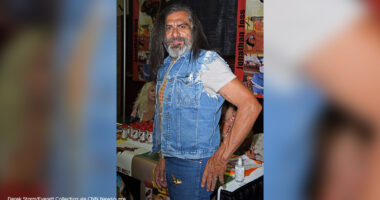
One way they have achieved this is through the White House Correspondents’ Association, which has been instrumental in maintaining the dominance of traditional media in DC journalism. Donald Trump aims to disrupt this status quo and, much like the ripples he caused during his second term, he is now taking steps to better represent the evolving media landscape in the country.
You can almost hear the liberal journalists’ crying already:
In the upcoming weeks, the White House is set to implement its own seating arrangement for reporters in the briefing room, a responsibility that has traditionally been managed by the reporters themselves under the purview of the White House Correspondents’ Association.
Significance: This move is the most recent endeavor, though likely not the final one, of the White House to exert more control over the selection of journalists covering President Trump. Both publicly and privately, White House officials have expressed their determination to challenge long-standing traditions within the press corps.
🚨🚨🚨NEW in @axios AM:@WhiteHouse to impose new Briefing Room seating chart, which for decades was managed by @whca, in coming weeks
WH official tells me it’s a “fundamental restructuring of the briefing room, based on metrics more reflective of how media is consumed today”👇 pic.twitter.com/OsxNUnffzv
— Mike Allen (@mikeallen) March 30, 2025
Sean Spicer, press secretary during Trump’s first term, wrote on X Sunday: “Fantastic way to kick off the week.” Ari Fleischer, who held the same job under former President George W. Bush, chimed in:
The decision re who gets to sit in taxpayer provided seats in a government building should not be made by journalists. It should be made by the press sec, as was standard until 2006.
Why is the seating arrangement so important? Because it gives you a huge advantage:
The backstory: Prominent seats in the James S. Brady Press Briefing Room are coveted because it’s easier to catch the press secretary’s eye to ask tough and probing questions. Those correspondents’ interactions are also more likely to be showcased on TV.
- In February, the White House began designating the pool of reporters who accompany Trump in tight spaces like the Oval Office and Air Force One — another function the WHCA had controlled for generations. WHCA said in response: “In a free country, leaders must not be able to choose their own press corps.”

















